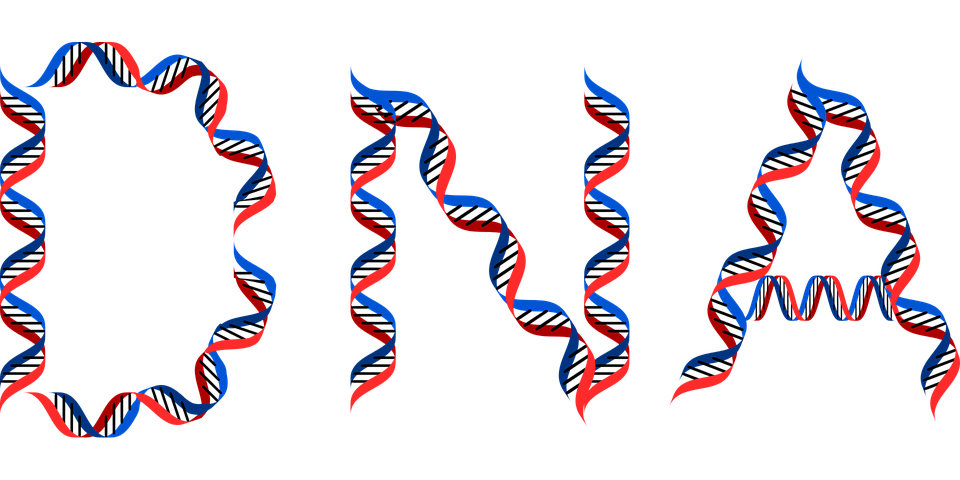
‘Gene for chronic pain identified’ Do you have it?
A “gene responsible for chronic pain has been identified”, reports the BBC. It said that this could lead to drugs for treating long-lasting back pain.
This story is based on research carried out in mice. Researchers found that deleting a gene called HCN2 from the pain-sensing nerves in mice stopped them from having the chronic hypersensitivity to pain caused by nerve damage. However, their ability to sense short-term (acute) pain, for example from heat or pressure, was not affected.
This research has highlighted a potential role for HCN2 in one type of chronic pain, called neuropathic pain, produced by damage to nerves themselves. However, it’s important to note that this study was in mice and looked at the effect of removing the HCN2 gene rather than using chemicals to block its function. Therefore, it cannot tell us whether this strategy will be successful in treating human forms of chronic pain. This knowledge may help scientists to develop drugs to target this kind of pain in the future, but much more research will be needed to determine whether this will be the case.
Where did the story come from?
The study was carried out by researchers from the University of Cambridge and the University of Cadiz. Funding was provided by the UK Biotechnology and Biological Sciences Research Council, the European Union, Organon Inc. and a Cambridge Gates Foundation studentship. The study was published in the peer-reviewed journal Science .
The BBC provides a good description of this study, clearly stating that it was carried out in mice.
What kind of research was this?
This was animal research looking at whether an ion channel protein called HCN2 might play a role in the sensing of pain. Ion channels are protein “pores” in the cell membrane that control the flow of electrically charged atoms into or out of the cell. In nerves this flow of ions is essential for allowing them to transmit signals.
The researchers say that the frequency with which the nerves involved in sensing pain send signals to the brain (called their rate of firing) affects how intense a pain is felt to be. This rate could be influenced by ion channels, including the HCN ion channel family.
The HCN1 and HCN2 members of the HCN ion channel family are present at high levels in nerves involved in sensations such as pain and touch. Previous experiments have suggested that HCN1 does not play a large role in sensing pain, so the researchers wanted to investigate whether HCN2 might be important in sensing pain.
Animal and laboratory research is often the best way to investigate the role of individual proteins in biological processes, as researchers can remove individual genes and see what effect this has. This type of research could not be carried out in humans.
What did the research involve?
The researchers looked at the role of the HCN2 ion channel in mice by genetically engineering them to lack the gene that produces this protein in their pain-sensing nerves. They then looked at what effect this had on the ability of the pain-sensing nerves to send signals, and on how the mice sensed pain.
The researchers initially tried genetically engineering mice to lack the HCN2 gene throughout their bodies, but this led to the mice having serious movement problems and dying before they reached six weeks of age. They then decided to remove the HCN2 gene in the pain-sensing nerves only, so that these widespread adverse effects would not occur.
The researchers tested the mice’s responses to pain using standard tests. For example, they tested how quickly they withdrew their feet in response to touching a hot or cold surface or to the application of pressure (called painful ‘stimuli’). They also tested these responses after injecting the mice with chemicals that cause inflammation and make normal mice hypersensitive to these painful stimuli.
Finally, they looked at the effect of exposing these mice to long-lasting pain caused by damage to their nerves. This type of pain is called neuropathic pain. They used a standard way of replicating this type of pain, by placing pressure on the mice’s sciatic nerve. This usually makes mice more sensitive to painful stimuli.
What were the basic results?
The researchers found that mice that were genetically engineered to lack the gene for HCN2 in their pain-sensing nerves had disruptions to the normal electrical processes that led to firing of these nerves.
The HCN2-lacking mice did not show any change to their pain threshold on short-term exposure to heat or pressure. However, when injected with chemicals that cause inflammation and make normal mice hypersensitive to heat- and pressure-induced pain, the HCN2-lacking mice did not show hypersensitivity to heat-induced pain.
The HCN2-lacking mice also displayed the usual hypersensitivity to pressure-induced pain after the injection also seen in normal mice.
If the genetically engineered mice received a nerve injury, they did not show the increase in sensitivity to heat, cold or pressure that normal mice with this injury showed.
How did the researchers interpret the results?
The researchers concluded that the presence of HCN2 is necessary for the sensing of pain caused by nerve injury, called neuropathic pain. They say that HCN2 also appears to have a role in sensing inflammation-associated pain. They say that chemicals that can selectively block HCN2 may be useful as pain medication to block the effects of neuropathic and inflammatory pain.
Conclusion
This research has highlighted a potential role for HCN2 in one type of chronic pain, called neuropathic pain. This knowledge may help scientists to develop drugs to target this kind of pain.
Neuropathic pain is pain that arises from damage to or disorders of the nervous system. For example, the pain associated with spinal cord injury, shingles or from tumours pressing on nerves is neuropathic. This type of pain is reportedly difficult to treat with drugs.
Scientists will now be interested in finding chemicals that can block the action of HCN2, and testing the effect that such chemicals have on pain-sensing in animals. As removing HCN2 completely in mice had serious adverse effects, scientists would have to ensure that they could block the protein in such a way that reduced pain but did not have these adverse effects. Any chemicals that show promise and appear to be safe would then need to be tested in humans.
It is important to point out that this process of drug development takes a long time and is not always successful, with some chemicals that seem to have an effect in animals not working in humans.



